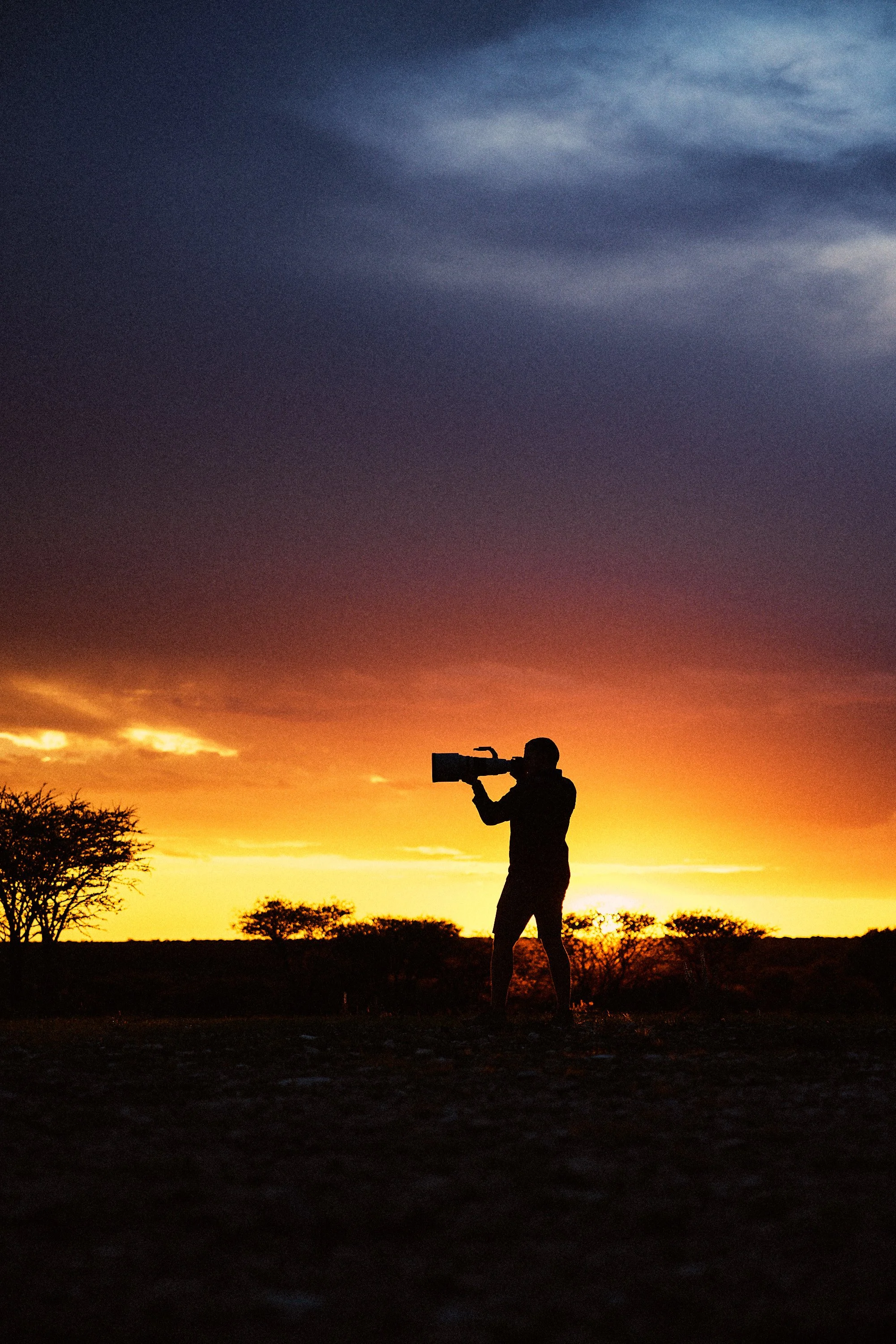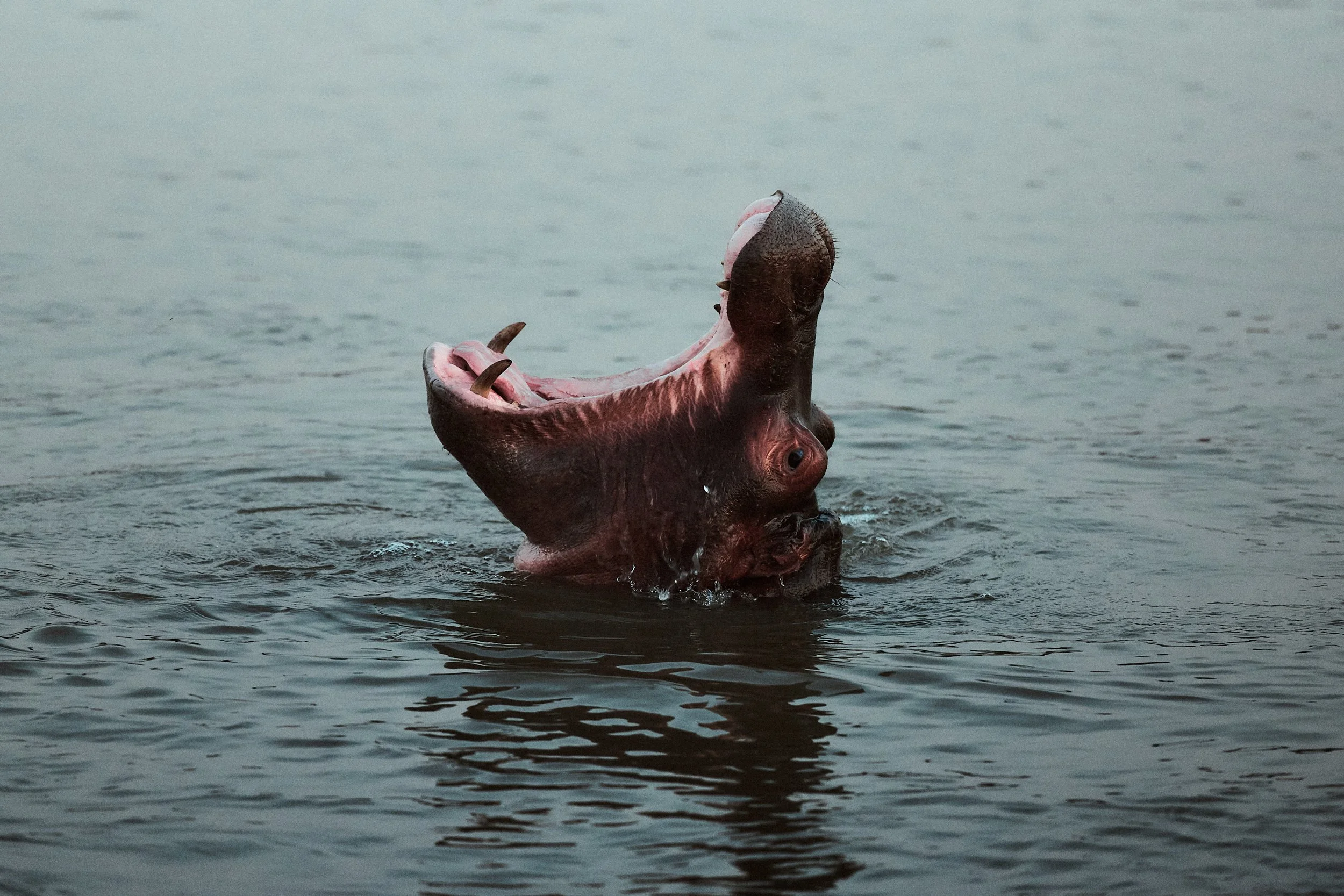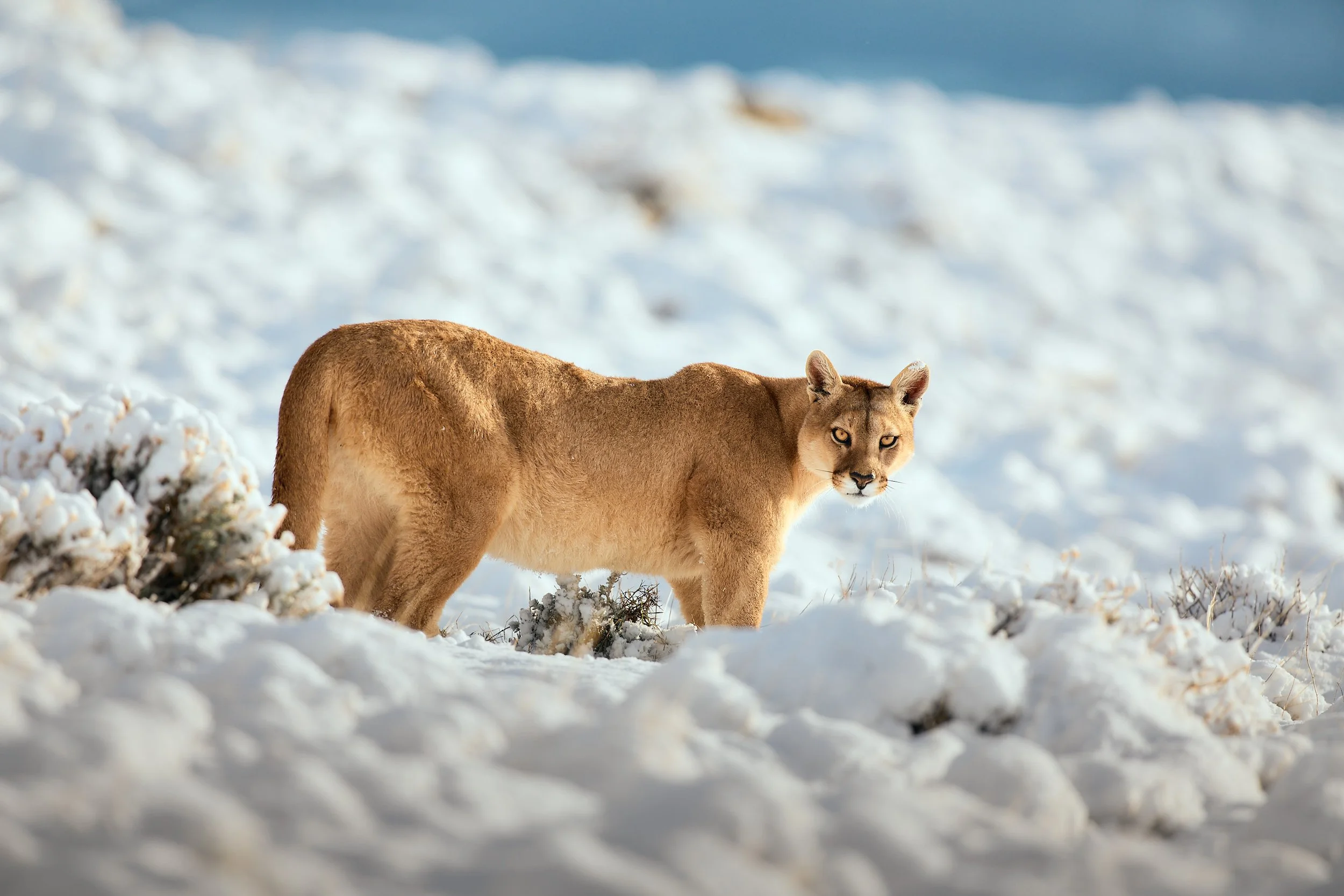5 Safari Photography Mistakes I Still Make (and How to Fix Them)
You’d think that after more than a decade of photographing wildlife across Africa, from the dusty pans of the Kalahari to the lush floodplains of South Luangwa, I’d have it all dialled in by now.
Spoiler: I don’t.
A pair of desert-adapted elephants in Damaraland , Namibia
Even after countless safaris, expensive lenses, and thousands of shutter clicks, I still make mistakes. Some are technical. Others are mental. But they all sneak up on me when I least expect them.
And I’ve learned the hard way that safari photography is not about perfection; it’s about reacting fast, staying humble, and constantly learning.
Here it is: five safari photography mistakes I still make, and what I try to do differently each time. Maybe you’ll relate to a few of them, and hopefully, you’ll dodge them quicker than I did.
Lining up a shot at golden hour
1. Chimping at the Worst Possible Moment
You know that moment when a lioness is scanning the horizon, the light is perfect, your shutter’s firing…and you stop to check your LCD screen?
Yeah. That.
I’ve missed some excellent shots because I was too busy checking the one I just took. It’s called “chimping”—when you review your images right after taking them—and it’s one of those habits that creeps back in no matter how long you’ve been shooting.
Why it’s a problem:
Wildlife moments change fast. A leopard might be yawning one second and gone the next. Every second your eye is off the viewfinder, you’re missing behaviour, light, or movement.
A yawning hippo in the South Luangwa
How I fix it (sometimes):
I set my viewfinder to “manual review” so images don’t automatically pop up.
I force myself to wait until the action settles before reviewing anything.
I remind myself: The histogram is more useful than a pretty JPEG preview.
Still, it’s tempting—especially when I feel like I “nailed it.” However, the truth is that the best moment is often just after the one you thought was great.
2. Staying Too Long with the Wrong Subject
It’s hard to drive away from a lion.
Even if it’s sleeping in tall grass doing absolutely nothing, my inner monologue goes: What if it stands up? What if it roars? What if I miss the moment?
But sometimes, you’re better off cutting your losses.
On a recent trip to Khwai, I spent almost three hours waiting for a mating pair of lions to do something. Anything. Meanwhile, my partner in the second vehicle had the sighting of the trip: wild dogs chasing a kudu through the river.
I got three shots of sleeping cats. He got an entire sequence of a hunt.
Why it’s a problem:
Time is your most precious currency on safari. Wildlife doesn’t operate on your schedule—and clinging to a static sighting means you’re missing out elsewhere.
How I’m trying to improve:
I ask myself: “Would I still be sitting here if this were my only day?”
I set a timer on my watch for 20-30 minutes. If nothing changes, I move.
I check for audio cues, such as birds alarming, distant calls, or vehicle chatter.
It still stings to leave a predator behind. But often, when I do, I stumble onto something even better.
3. Underestimating Harsh Light (or Fearing It Too Much)
For years, I treated midday light like the enemy.
Once the sun was overhead, I’d pack up the camera, head back to camp, and wait for golden hour. But eventually, I realised something: wildlife doesn’t care about your preferred light.
In fact, some of the most dramatic moments I’ve captured—dusty elephants, backlit giraffes, black-and-white portraits—were taken under “bad” light.
A puma in Patagonia
Where I mess up:
I either push my settings too far (overexposing highlights) or I underexpose too much, trying to “save” a blown sky. And sometimes I just don’t shoot at all.
How I’m learning to use it:
I shoot backlit when the sun is high—the dust or dry grass becomes magical
I look for natural reflectors, like bright sand or water, to fill shadows
I embrace contrast-heavy compositions, especially for monochrome edits
Look out for an upcoming video on my YouTube channel, where we’ll discuss techniques for photographing wildlife in harsh light, breaking down the methods I use when the light seems impossible.
Moral of the story? Don’t fear the sun. Learn to work with it.
📘 Free Wildlife Photography Guide
If you’re serious about improving — not just your gear but your skills — I’ve also put together a free 100-page PDF full of the basics I wish I had when I started.
It’s helped hundreds of photographers already. Might help you too.
4. Fumbling with My Settings at the Worst Moment
It’s embarrassing, really.
I’ll be all set up, settings dialled in for a quiet giraffe or hippo yawn… and then suddenly, an owl bursts out of a nearby tree or a leopard dashes across the road—and I’m stuck at 1/250 sec, ISO 200, wide open.
Cue the blurry shot. Again.
Why this still happens:
Wildlife is unpredictable. And I get lazy. I stop thinking ahead. I get tunnel vision and forget that every sighting could shift in seconds.
How I try to avoid it now:
I use Manual mode with Auto ISO and a minimum shutter speed, especially on the Canon R5 and R3.
I often set a “reaction setup” on a custom button (like 1/2500 sec, f/5.6, Auto ISO)
I remind myself to check my settings after every scene change.
Also, don’t be afraid of high ISO. The noise reduction tools in Lightroom and Capture One in 2025 are insane. I’d rather deal with a bit of grain than miss focus or get motion blur. If you’re still hesitant, consider checking out my blog, which compares the latest denoise tools—they’ve saved entire batches of images for me.
5. Forgetting the Story in Search of the Perfect Portrait
This is maybe the one I’m most guilty of—even now.
When I find a beautiful animal in great light, I get obsessed with the tight headshot: the close-up eyes, the sharp whiskers, the textbook portrait.
However, in doing so, I often forget to capture the context.
A leopard with an impala kill
What was the setting like? What happened before and after? Was there a sequence worth telling?
I’ve come back from excellent sightings with technically perfect shots… but no sense of place or emotion.
How I’m fixing this:
I start wide, then go tight—it helps build a visual story
I shoot sequences, not just single frames: pre-action, action, and post-action
I keep the second body ready with a mid-range zoom (100–300 or 100–500) so I don’t miss a wider frame while locked in on the 600mm
When I look back on the images I love most, they’re not always the cleanest or sharpest. They’re the ones that tell a f story—where I can remember the smells, sounds, and tension of that moment.
Final Thoughts (and One Last Mistake)
Look, mistakes are part of the game.
No matter how advanced your gear is or how many safaris you’ve done, photography in the wild will humble you. You’ll blow the focus. You’ll misread the light. You’ll choose the wrong lens. You’ll miss a once-in-a-lifetime shot because you were busy changing batteries.
But you’ll also learn. Every failed shot teaches you something—if you’re willing to reflect.
The biggest mistake? Thinking you’re beyond mistakes.
So, whether you’re just starting out or a seasoned shooter like me, still fumbling with the same buttons, keep showing up. Keep shooting. Keep learning.
And if you'd like to see my gear in action, check out my YouTube video on how I travel with big lenses and manage gear stress on long-haul flights. I share everything—from bag setup to check-in hacks—and it’s saved me a ton of headaches over the years.








